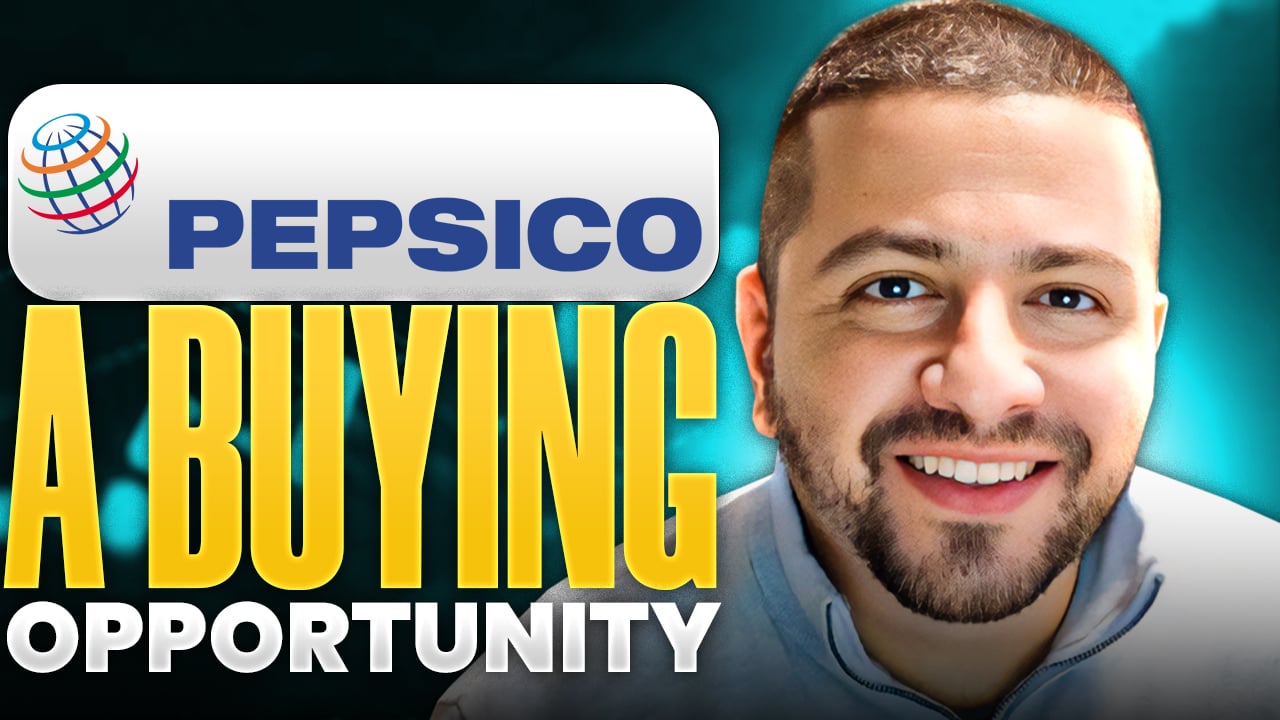PepsiCo (PEP 0.44%) this week introduced PepCoin, its first cashback loyalty program, to persuade customers to pair more PepsiCo beverages with Frito-Lay snacks. When a customer pairs specially marked drinks and snacks together, they scan the bag and bottle cap with a mobile app for a cashback reward of up to 10%.
Whenever a customer accumulates $2, the balance is automatically transferred to a linked PayPal (PYPL 1.18%) or Venmo account. Nearly 70 PepsiCo and Frito-Lay brands are covered, and examples of pairing options include Doritos Spicy Sweet Chili with Mountain Dew or SunChips Harvest Cheddar with Aquafina. The program is currently only available for U.S. consumers over the age of 18.
The PepCoin program is an interesting marketing strategy, but will it really boost consumer interest in PepsiCo's sodas and snacks? Let's dig deeper into the packaged food giant's core business to find out.

Image source: Getty Images.
Understanding PepsiCo's business
PepsiCo, like many soda and snack makers, has been struggling with shifting consumer tastes in recent years. Soda consumption is currently at a three-decade low in the U.S., according to Beverage-Digest. And many consumers are shunning its salty and sugary snacks in favor of healthier products.
However, PepsiCo countered those trends by introducing zero-calorie and sugar-free sodas, launching non-carbonated drinks like teas and juices, and developing healthier products at Frito-Lay and Quaker Foods. As a result, PepsiCo's core business has remained rock-solid over the past five years.
|
YOY growth |
2014 |
2015 |
2016 |
2017 |
2018 |
|---|---|---|---|---|---|
|
Organic revenue |
4% |
5% |
4% |
2% |
4% |
|
Core earnings per share (EPS)* |
9% |
10% |
9% |
9% |
9% |
YOY = Year-over-year. Source: PepsiCo annual reports. *Constant currency basis.
In the first half of 2019, PepsiCo's organic revenue rose 5% annually as its core EPS stayed flat on a constant currency basis. Its earnings were weighed down by tough comparisons to 2018, when asset sales, refranchising efforts, and a lower tax rate boosted its EPS.
How much does PepCoin matter to PepsiCo?
PepsiCo generated 60% of its revenue from the United States in the first half of the year. It reports its revenue from the U.S. and Canada together in its three "North America" units -- PepsiCo Beverages, Frito-Lay, and Quaker Foods.
Those three units generated 64% of PepsiCo's total revenue and 79% of its operating profits in the first half of the year. Here's how those businesses fared individually:
|
First-half 2019 results: |
PepsiCo Beverages |
Frito-Lay |
Quaker Foods |
|---|---|---|---|
|
Revenue |
$9.83 billion |
$7.83 billion |
$1.13 billion |
|
Revenue growth* |
2.3% |
5% |
0.5% |
|
Operating profit |
$1.08 billion |
$2.41 billion |
$265 million |
|
Operating profit growth* |
(4.9%) |
7% |
(11.7%) |
Note: North America only. Source: PepsiCo 10-Q report. *Growth is year-over-year.
Frito-Lay is clearly the strongest and most profitable of those three businesses. Much of that growth can be attributed to former CEO Indra Nooyi, who focused heavily on producing healthier and more appealing products at Frito-Lay between 2006 and 2018.
With PepCoin, PepsiCo clearly wants to leverage the stronger market demand for Frito-Lay snacks to sell more PepsiCo beverages. It's a clever strategy, since its top rival, Coca-Cola (KO 0.19%), predominantly sells drinks.

Image source: Getty Images.
But is PepsiCo just following Coca-Cola's lead?
PepsiCo's PepCoin program might seem original to U.S. consumers, but Coca-Cola also launched a similar cashback program in India last year with the country's top payments platform, PayTM.
In that program, users peeled back a label to find a unique code, sent the code in via SMS, then received a cashback code to enter into the PayTM app. PepsiCo's approach requires far fewer steps, and the pairing mechanic might encourage shoppers to avoid buying drinks from rivals like Coca-Cola.
If PepCoin catches on in the U.S., PepsiCo could expand PepCoin to other major markets like Mexico, Russia, Canada, the U.K., and China -- which accounted for 19% of its sales in the first half of 2019 -- via PayPal or other mobile payment platforms.
The key takeaway
On the surface, PepCoin might seem like a marketing gimmick. However, it indicates that PepsiCo is seeking fresh ways to boost its beverage sales with Frito-Lay snacks, and trying to lock in customers to widen its moat against Coca-Cola and other snack makers.
It could also help PayPal attract more users and convince other brands to team up with the payments platform for similar promotions. In short, it's a smart move for both companies, and investors should see if consumers take the bait.








